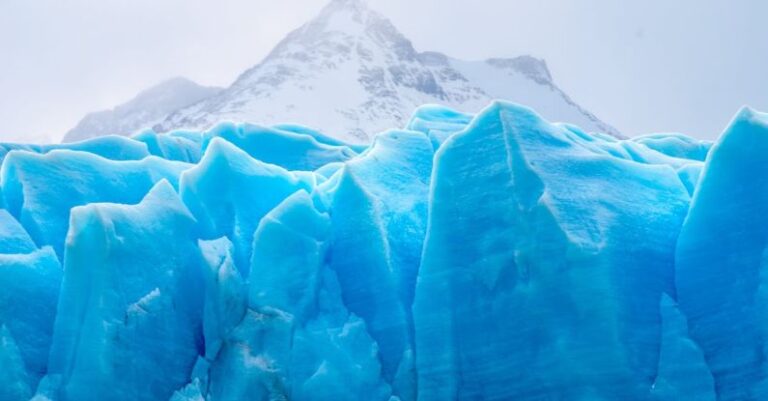
Ocean currents play a crucial role in regulating Earth’s climate and distributing heat around the globe. These massive movements of water impact everything from weather patterns to marine life. Understanding the patterns of ocean currents is essential for scientists and researchers to predict changes in the environment and support various industries like shipping and fishing.
**The Driving Forces Behind Ocean Currents**
Ocean currents are primarily driven by two main factors: wind and differences in water density. Surface currents, which flow in the upper layer of the ocean, are mainly influenced by the wind. The uneven heating of the Earth’s surface by the sun causes variations in air temperature, creating pressure gradients that result in wind patterns. As the wind moves across the surface of the ocean, it imparts its energy to the water, setting it in motion and forming surface currents.
**Types of Ocean Currents**
There are two primary types of ocean currents: surface currents and deep ocean currents. Surface currents are driven by the wind and typically flow in the upper 400 meters of the ocean. These currents play a crucial role in redistributing heat around the planet and can directly impact regional climates. Deep ocean currents, on the other hand, are driven by differences in water density. These currents move much slower than surface currents but play a vital role in regulating global climate patterns.
**Global Ocean Currents**
Ocean currents are not random; they follow specific patterns dictated by Earth’s rotation, geography, and wind patterns. One of the most well-known ocean currents is the Gulf Stream, a warm and swift Atlantic current that originates in the Gulf of Mexico and flows along the eastern coast of the United States before crossing the Atlantic Ocean towards Europe. The Gulf Stream has a significant impact on the climate of the regions it passes through, bringing warmth and influencing weather patterns.
Another important global ocean current is the Antarctic Circumpolar Current, which flows around Antarctica and connects the major ocean basins, acting as a barrier between the colder waters of Antarctica and the warmer waters to the north. This current plays a crucial role in regulating the Earth’s climate by transferring heat and nutrients around the globe.
**Local Ocean Currents**
In addition to global ocean currents, there are also numerous local currents that are influenced by factors such as coastline shape, water depth, and temperature gradients. For example, the California Current is a cold ocean current that flows southward along the western coast of North America, bringing cool waters from the north and influencing the marine ecosystems of the region.
Similarly, the Kuroshio Current in the western Pacific Ocean is a warm current that flows northward along the eastern coast of Asia, impacting the climate and marine life of countries like Japan. These local currents can have a significant impact on regional weather patterns, fishing industries, and coastal ecosystems.
**The Future of Ocean Currents**
As the Earth’s climate continues to change due to factors like global warming and melting ice caps, scientists are closely monitoring ocean currents to understand how they are being affected. Changes in ocean currents can have far-reaching consequences, impacting everything from sea levels to weather patterns.
By studying the patterns of ocean currents, scientists can gain valuable insights into how our planet’s climate system operates and make more accurate predictions about future changes. Understanding the complex interactions between wind, water density, and geography that drive ocean currents is essential for safeguarding the health of our oceans and the planet as a whole.





